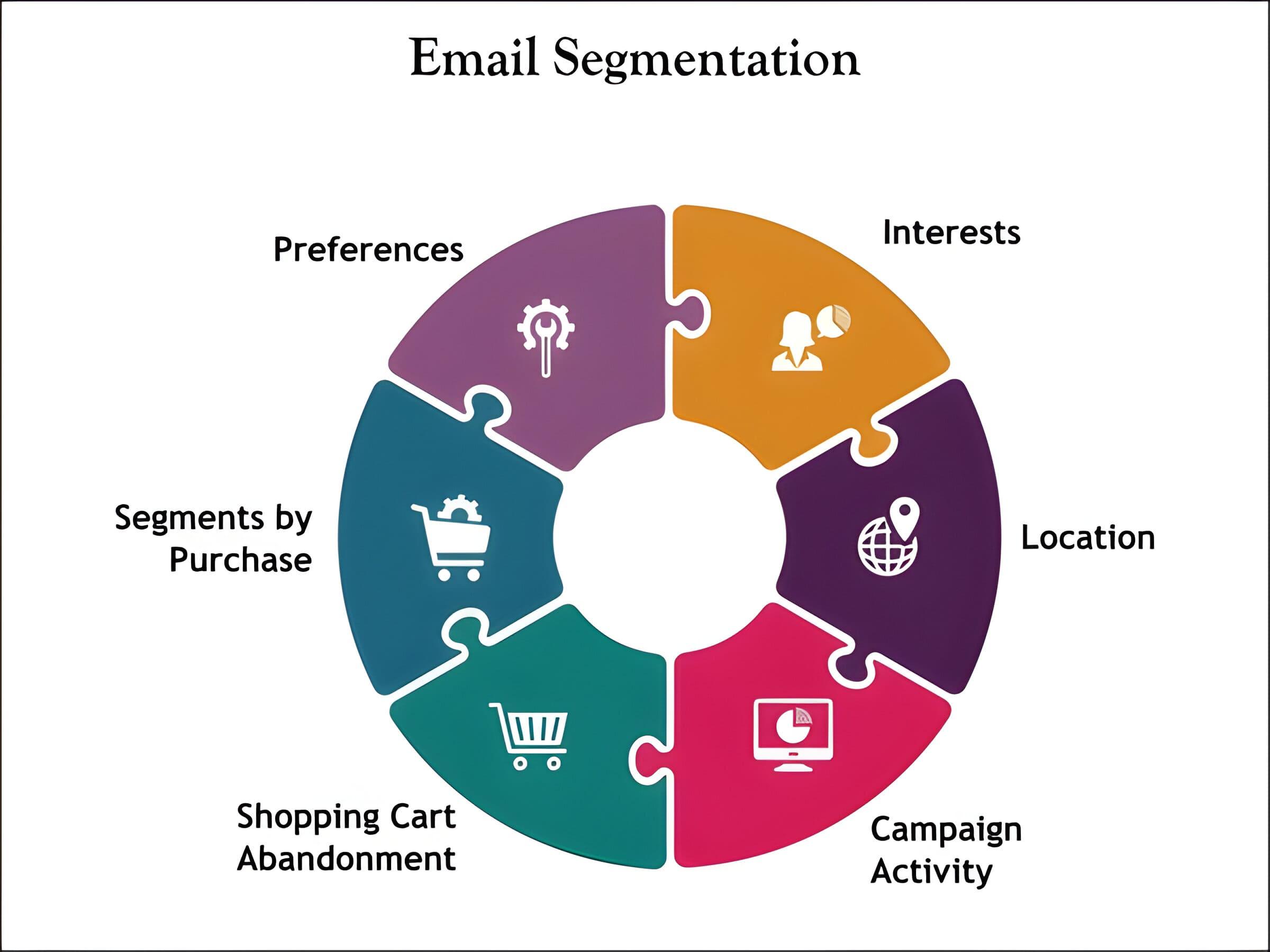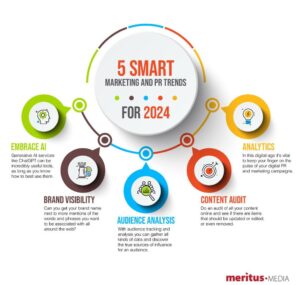Email Segmentation Strategies That Work: Boost Your Email Marketing ROI
Email marketing remains one of the most powerful tools for businesses to connect with customers. However, with inboxes overflowing daily, standing out requires more than just a catchy subject line-it demands targeted, relevant content tailored to each subscriber. This is where email segmentation strategies come in.
In this comprehensive guide, we’ll explore effective email segmentation techniques that can help you build stronger relationships, increase open rates, and drive more conversions. Whether you’re a small business owner, marketer, or email enthusiast, read on to discover actionable advice to optimize your email marketing efforts.
Why Email Segmentation Matters
Email segmentation is the process of dividing your email list into specific groups based on shared traits or behaviors. This allows marketers to send personalized messages that resonate better with recipients. According to recent data, segmented email campaigns can generate up to 760% increase in revenue compared to non-segmented campaigns.
- Improved Engagement: Targeted emails feel more relevant, leading to higher open and click-through rates.
- Better Customer Experience: Subscribers receive content that matches their interests and needs, reducing unsubscribe rates.
- Increased ROI: Personalized marketing leads to more conversions and sales.
Top Email Segmentation Strategies That Work
1. Demographic Segmentation
Segment your audience based on demographic information such as age, gender, location, job title, or income. This helps deliver content aligned with each group’s preferences.
- Send birthday or anniversary promotions.
- Localize offers or events by region.
- Tailor product recommendations by gender or age groups.
2. Behavioral Segmentation
Analyze subscriber behavior like past purchases, browsing history, or engagement with previous emails to craft targeted campaigns.
- Send cart abandonment reminders to users who added items but didn’t purchase.
- Upsell related products based on previous buys.
- Resend unopened emails with modified subject lines.
3. Engagement-Based Segmentation
Group subscribers by how actively they engage with your emails-e.g., frequent openers, clickers, or inactive users.
- Reward loyal customers with exclusive discounts.
- Re-engage dormant subscribers with win-back campaigns.
- Exclude inactive subscribers to improve deliverability rates.
4. Purchase History Segmentation
Segment customers based on their buying frequency, order value, or product categories purchased.
- Create VIP segments for high-value customers with premium offers.
- Introduce cross-sell emails based on previous categories.
- Launch loyalty programs targeting repeat buyers.
5. Lifecycle Stage Segmentation
Tailor campaigns to where subscribers are in the customer journey:
- New subscribers: Welcome series with brand introduction.
- Leads: Educational content to nurture interest.
- Customers: Upsell and retention-focused messaging.
- At-risk customers: Win-back incentives.
Benefits of Implementing Smart Email Segmentation
| Benefit | Description | Impact on Marketing |
|---|---|---|
| Higher Open Rates | Emails are more relevant to the recipient’s interests and needs. | Improves visibility and engagement |
| Reduced Unsubscribe Rates | Less irrelevant content lowers user frustration and opt-outs. | Maintains list health and reach |
| Increased Conversion | Targeted offers and messages drive sales and desired actions. | Boosts revenue and ROI |
| Better Customer Insights | Understanding segmented groups guides product development & marketing. | Informs smarter business decisions |
Practical Tips for Effective Email Segmentation
- Collect the Right Data: Use signup forms to gather demographic info and integrate website analytics for behavioral data.
- Use Dynamic Segmentation: Automate adjusting subscriber groups based on changing behaviors or data points.
- Test and Optimize: Apply A/B testing on segmented campaigns for subject lines, content, and sending times.
- Maintain List Hygiene: Regularly clean inactive or incorrect email addresses to improve deliverability.
- Respect Privacy: Ensure compliance with GDPR and other privacy laws when collecting and using subscriber data.
Case Study: How One E-commerce Brand Boosted Sales by 35%
Consider the example of a mid-sized e-commerce fashion store that implemented behavioral and purchase history segmentation. By sending tailored emails based on previous purchases and browsing habits, along with regional promotions, they achieved:
- 35% increase in monthly sales within 3 months
- 25% uplift in email open rates
- 15% stronger customer retention rate
This success highlighted how strategic segmentation transforms a generic email list into an engaged, revenue-driving asset.
Conclusion: Start Segmenting for Smarter Email Marketing Today
Email segmentation isn’t just a nice-to-have-it’s a marketing essential in today’s crowded inboxes. By implementing smart segmentation strategies like demographic, behavioral, and lifecycle-based segmentation, marketers can send personalized, timely messages that resonate with subscribers. The benefits are clear: higher engagement, improved customer satisfaction, and stronger ROI.
Whether you’re new to email marketing or looking to refine your approach, applying these strategies today can set your campaigns apart. Start small, test what works, and watch your email marketing grow smarter and more effective with every message.
Ready to boost your email marketing performance? Embrace email segmentation strategies that work for you and your audience!









